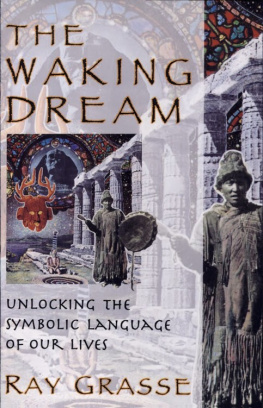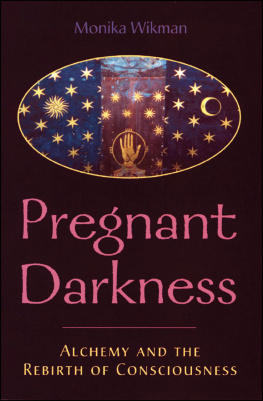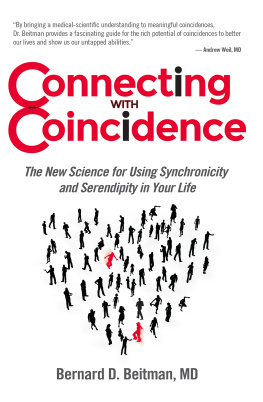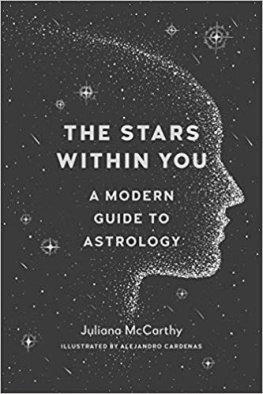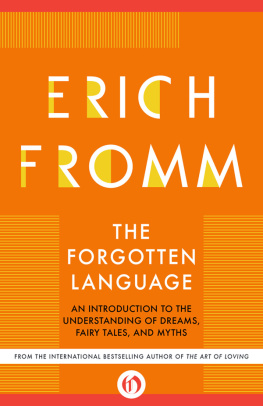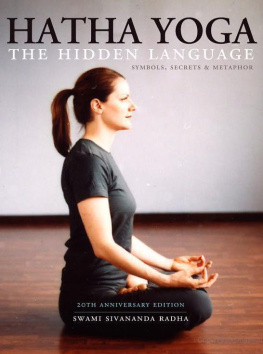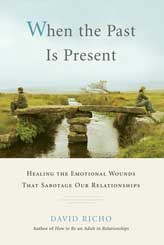THE
WAKING
DREAM

THE
WAKING
DREAM
UNLOCKING
THE SYMBOLIC LANGUAGE
OF OUR LIVES
RAY GRASSE
A publication supported by
T HE K ERN F OUNDATION

Learn more about Ray Grasse and his work at www.raygrasse.com and www.facebook.com/raygrasse
Find more books like this at www.questbooks.net
Copyright 1996 by Ray Grasse
First Quest Edition 1996
Quest Books
Theosophical Publishing House
PO Box 270
Wheaton, IL 60187-0270
Without limiting the rights under copyright reserved above, no part of this publication may be reproduced, stored in or introduced into a retrieval system, or transmitted, in any form, or by any means (electronic, mechanical, photocopying, recording, or otherwise), without the prior written permission of the publisher of this book.
The scanning, uploading, and distribution of this book via the Internet or via any other means without the permission of the publisher is illegal and punishable by law. Please purchase only authorized electronic editions, and do not participate in or encourage electronic piracy of copyrighted materials.
While the author has made every effort to provide accurate telephone numbers and Internet addresses at the time of publication, neither the publisher nor the author assumes any responsibility for errors or for changes that occur after publication. Further, the publisher does not have any control over and does not assume any responsibility for author or third-party websites or their content.
Cover illustration by Ray Grasse
Book and cover design by Beth Hansen
Copyright acknowledgment for illustrations: (p. 225) photo by Hans Peter Widmer.
Every effort has been made to secure permission to reproduce the images in this book.
Any additional copyright holders are invited to contact the publisher so that proper credit can be given in future editions.
Library of Congress Cataloging-in-Publication Data
Grasse, Ray.
The waking dream: unlocking the symbolic language of our lives / Ray Grasse
1st Quest ed.
p. cm.
Quest Books
Includes bibliographical references and index.
ISBN 978-0-8356-0749-0
1. Symbolism. 2. SymbolismHistory. 3. CoincidencePsychic aspects.
4. Shamanistic symbolism. 5. Symbolism (Psychology) I. Title.
BF1623.S9G72 1996
ISBN for electronic edition, mobi format: 978-0-8356-3074-0
TABLE OF CONTENTS
For Judith
ACKNOWLEDGMENTS
D uring the more than twelve years spent writing and researching this book, many people provided helpful support and feedback. I wish to here express my deepest gratitude to all of them, including: my parents Catherine and Raymond Grasse, John Kranich, David Fideler, Alice O. Howell, David Frawley, Peggy Firestone, Rick Tarnas, Jody Piro, Shirley Nicholson, George and Linda Gawor, Gary Lachman, Medicine Grizzlybear Lake, Rosemary Clark, and Scott Korn. Thanks also to Scott Sterns, Tom Chapin, and Ruben Cabigting for their technical support during the latter stages. My appreciation to Karen Rybacki for helping me track down the many images which grace these pages.
My boundless gratitude to my editors Brenda Rosen and Virginia Smiley, who proved invaluable in the final shaping and refining of this material, and especially for Brendas early support in pushing to get it published in the first place. Also, to the many others at Quest who played a role in the production of this work, including Vija Bremanis, Nancy Grace, Karen Yates, Dawn Hicks, Patti Hamilton, Pam Demers, and graphic designer Beth Hansen, who skillfully brought it all together. Last but not least, my deepest appreciation to Goswami Kriyananda of Chicago and Shelly Trimmer, without whose insight and generosity of time over the years this book would not have been possible.

There is a dream dreaming us.
Kalahari Bushman to Laurens van der Post
The wise say that the two states, dream and waking, are one... though in fact the objects of waking experience appear as real, still they are unreal.
Gaudapada
Recognize this infinite variety of appearances as a dream, as nothing but the projections of your mind, illusory and unreal.
Tsele Natsok Rangrol
We are such stuff as dreams are made on.
Shakespeare
(Our dreams), inasmuch as they originate from us, may well have an analogy with our whole life and fate.
Goethe
Is all our Life, then, but a dream...
Lewis Carroll
Our life is but one of the dreams of that more real life, and so it is endlessly, until the very last one, the very real lifethe life of God.
Tolstoy
Well, yes, one could also say that we are not sitting here drinking tea, but that were dreaming all that.
Niels Bohr
... the universe begins to look more like a great thought than a great machine.
Sir James Jeans

INTRODUCTION
Things here are signs.
Plotinus
W hile preparing for his role in the 1939 film The Wizard of Oz, actor Frank Morgan decided against using the costume offered him by the studio for his role as the traveling salesman Professor Marvel, opting instead to select his own wardrobe for the part. Searching through the racks of second-hand clothes collected by the MGM wardrobe department over the years, he finally settled on an old frock coat that would eventually serve as his costume during filming of the movie. Passing the time one day, Morgan idly turned out the inside of the pocket of the coat and discovered the L. Frank Baum sewn into the lining of the jacket. As later investigation confirmed, the jacket had been originally designed for the creator of the Oz story, L. Frank Baum, and somehow made its way through the years into the collection of clothing on the MGM lot.
Almost everyone, at some time or another, has experienced extraordinary coincidences or synchronicities so startling they are compelled to reflect upon their possible meaning. Do such occurrences hold a deeper significance? Might they hint at a hidden design underlying the seemingly random events unfolding around us? Or are they, as modern science suggests, merely the expression of chance processes, completely explainable in terms of statistics and probability theory?
One way to begin answering such questions is to consider the insights of an ancient worldview. For thousands of years philosophers and mystics have formulated ideas and esoteric laws that attempted to explain the hidden workings of reality. Seen as a whole, this network of ideas and laws may be designated by the term symbolist, in reference to the many symbolic systemsastrology, tarot, kabbalah, and othersit has found expression through, and as a reference to the broader symbolic vision of reality it reflects. This symbolic perspective is in stark contrast with the more materialistic and literal worldview promoted by contemporary society.
Next page
